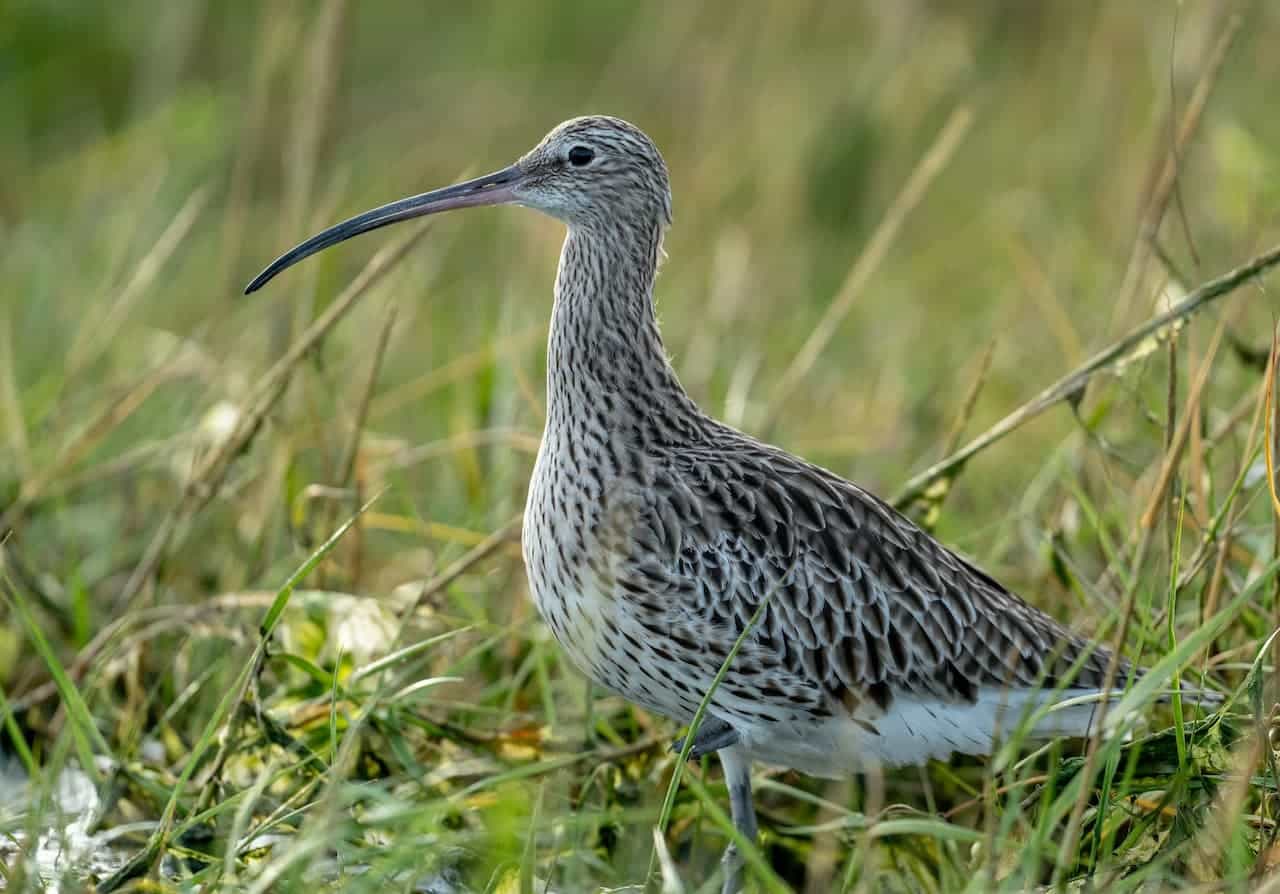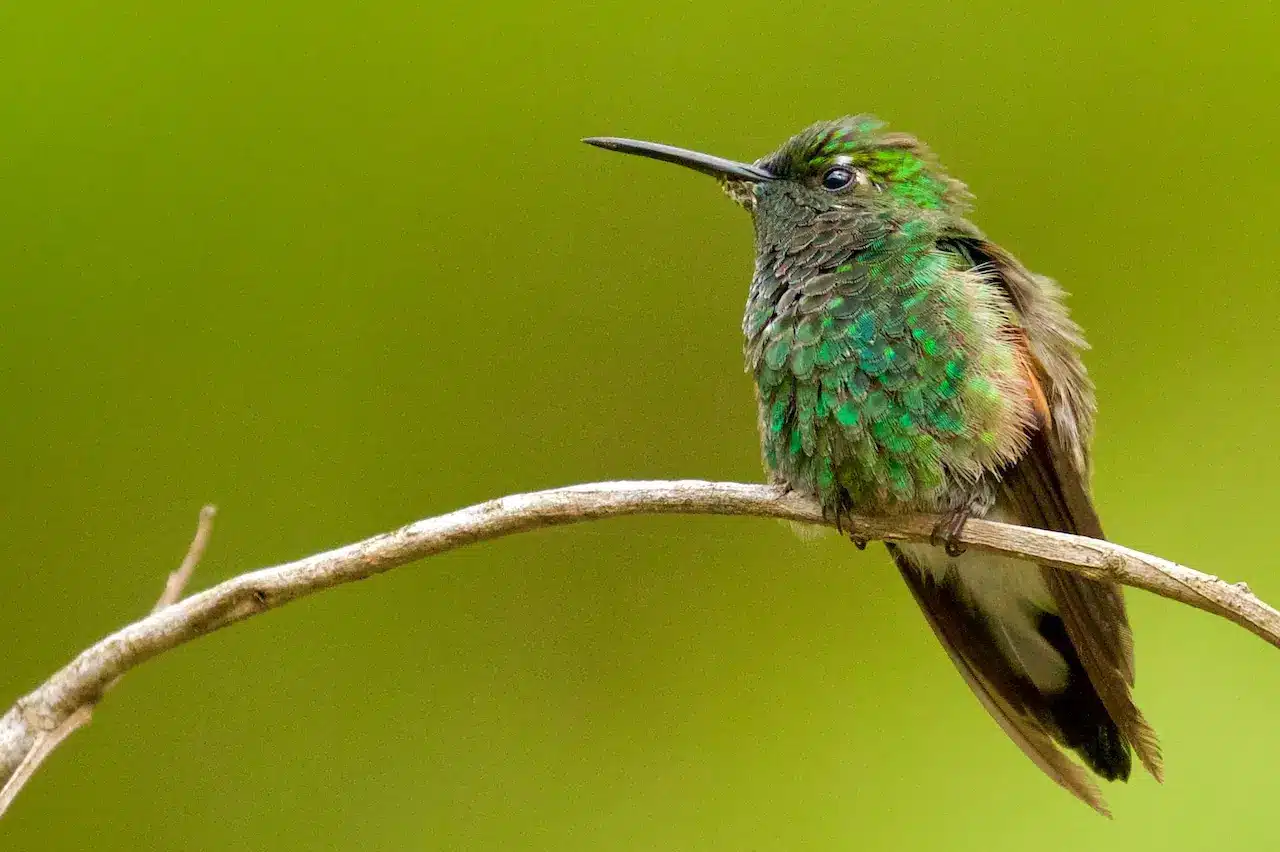Blue-faced Honeyeaters
The inquisitive and friendly Blue-faced Honeyeater, Entomyzon cyanotis, is common on the northern and eastern coasts of Australia and in New Guinea.
Their preferred habitats include woodlands, pandanus, paperbarks, mangroves, watercourses, parks, and gardens.
Description
Blue-faced Honeyeater is a large honeyeater and can easily be identified by its bare blue face patch. The head and throat are otherwise predominantly blackish with a white stripe around the nape (back of the neck) and another from the cheek.
The underparts are white and the back and wings are olive in color.
Juveniles are distinguished by their yellow or greenish face patches and dark brown rather than black on the head.
Breeding / Nesting
They usually nest from June to January, breeding once or twice during this time.
The nest is an untidy deep bowl of sticks and bits of bark in the fork of a tree, a bird nest Staghorn Fern, or a deserted babbler nest.
The hen lays two or three eggs, 22 x 32 mm (1 x 1⅓ in) in dimension, and of buff-pink splotched with red-brown or purplish colors.
It is one of the many bird species parasitized by the Asian Koel.
Diet
They are commonly known to suck the nectar out of grevillea trees and are very common around the backyard. Their diet consists of pollen, berries, nectar, and cultivated crops (e.g. bananas), but the bulk of their diet consists of insects. They are particularly attracted by grapes.
Call / Song
The call is a ki-owt.




